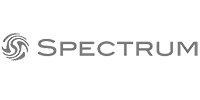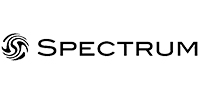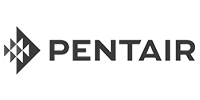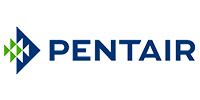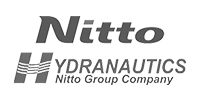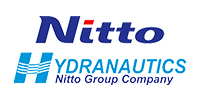The Forever Chemicals
PFAS are being called one of the biggest challenges facing the water sector today.
PFAS is short for polyfluoroalkyl substances, commonly known as ‘The Forever Chemicals’. These substances are man-made chemicals with properties that make them water, oil and heat-resistant, a desirable quality in various industrial and commercial applications, including metal finishing and plating, hydraulic fluids, and semiconductor manufacturing.
From non-stick cookware to stain-resistant carpets and paints, you will regularly come across products manufactured using PFAS due to their resistant properties. Manufacturers are not legally obliged to disclose if PFAS were used in the production process. The UK has banned the use of two types of PFAS in manufacturing processes, PFOS (perfluorooctane sulfonic acid) and PFOA (perfluorooctanoic acid); however other types of PFAS, which may be no safer, are still used in the UK.
How Does PFAS Contaminate Your Water?
PFAS have the nickname ‘Forever Chemicals’ because (as the name suggests) they last for thousands of years! Being extremely persistent, PFAS reach the water cycle through product use and disposal, then continuously flow through the water cycle and the food chain causing irreversible damage.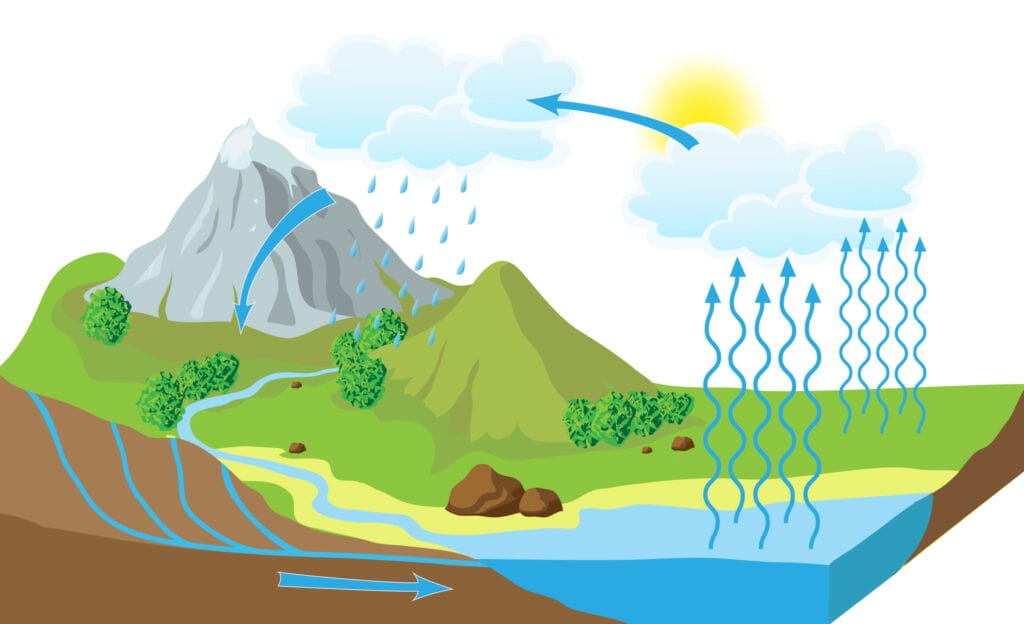
How Can PFAS Affect Health?
With characteristics that make breaking down PFAS difficult, they’re allowed to circulate gradually and accumulate in our environment, creating a higher chance of entering the human body.
According to the Environmental Protection Agency (EPA), exposure to certain types of PFAS can increase the risk of some cancers, increase cholesterol levels, decrease fertility, and, in children, create developmental effects.
How To Remove PFAS From Water?
Contaminated drinking water is one of the most common ways to become exposed to PFAS. Studies recommend using activated carbon or reverse osmosis to remove PFAS from your drinking water, as these technologies are the most reliable and protect you from contamination.
See our blog post on How To Remove PFAS In Water using products from the Fileder portfolio.

